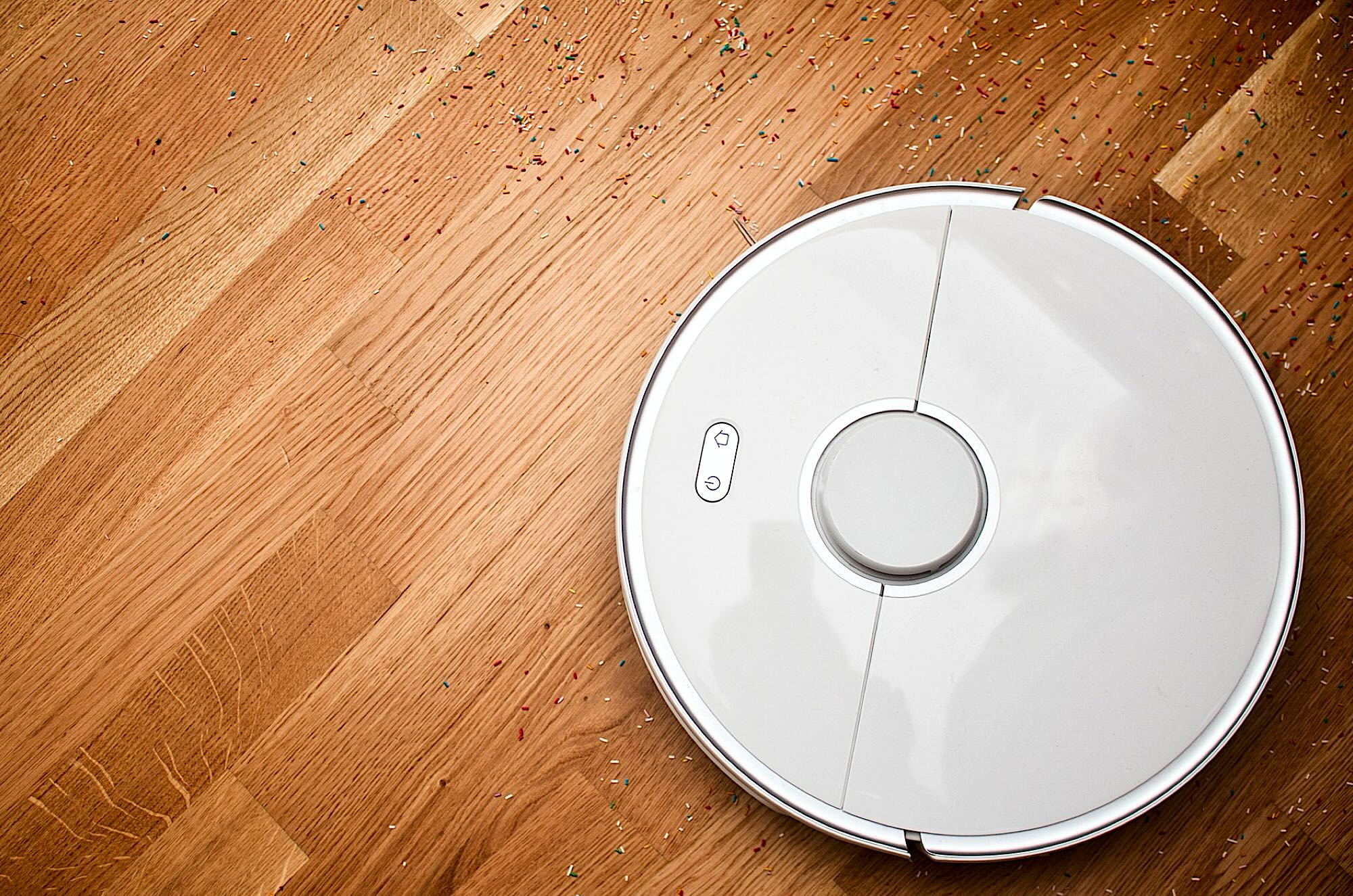As technology continues to advance at an astonishing pace, artificial intelligence (AI) and robotics are becoming integral parts of our daily lives. What was once the domain of science fiction is now a growing reality, as smart systems and automated devices transform how we live. The integration of AI and robotics in homes is poised to revolutionize everything from how we manage mundane tasks to how we connect with our spaces. Here’s a look at what the next 10 years might bring.
The Rise of Personal Assistants
AI-powered personal assistants like Amazon Alexa, Google Assistant, and Apple’s Siri have already made their way into millions of homes, acting as hubs for smart devices and providing hands-free convenience for tasks like setting reminders, controlling lights, or answering questions. Over the next decade, these systems will evolve from passive responders to proactive problem-solvers. Imagine an assistant that can learn your preferences over time and anticipate your needs—reminding you to water plants based on weather data or suggesting meals from your pantry inventory.
AI integration will also extend to more complex interactions. Language models will become more conversational, capable of nuanced dialogue and context-based responses. Personal assistants may evolve into virtual household managers, coordinating schedules, monitoring home energy use, and even helping children with homework.
Home Automation at the Next Level
Robotics and AI are set to take home automation far beyond smart thermostats and app-controlled lights. In the coming years, we can expect to see greater integration of robotics for specific tasks. Robotic vacuum cleaners, such as the Roomba, are just the beginning. Robots that can mop floors, fold laundry, and prepare simple meals are already in development, and their adoption will likely grow as technology becomes more affordable and accessible.
Smart home ecosystems will become more cohesive, with AI coordinating multiple devices to optimize energy use, security, and convenience. For instance, your home could monitor occupancy and adjust lighting, heating, and air conditioning accordingly, reducing waste and lowering costs. Integration with wearable devices might even allow your home to adjust based on your health metrics, such as lighting that changes to boost your mood or air purification systems that respond to allergens in the environment.
Healthcare and Well-Being
One of the most exciting applications of AI and robotics in homes is in healthcare. In the next decade, we may see robots designed to assist with elder care, from reminding individuals to take their medications to helping with mobility or monitoring vital signs. AI systems integrated with health data could predict health issues early and alert caregivers or medical professionals.
Mental health support will also benefit from AI. Smart devices equipped with emotion-detecting sensors may offer calming music, suggest mindfulness exercises, or adjust the home’s environment to reduce stress.
Enhanced Security
AI-powered home security systems will become increasingly sophisticated. Facial recognition, voice authentication, and behaviour analysis will enhance traditional locks and alarms. Homes may soon have drones or small robotic patrol units that monitor the property and alert homeowners to unusual activity. Integration with AI will allow these systems to distinguish between real threats and false alarms, reducing unnecessary stress.
Challenges and Considerations
While the future of AI and robotics integration is thrilling, it comes with challenges. Privacy remains a significant concern, as AI systems collect and analyze vast amounts of personal data to function effectively. Striking a balance between convenience and security will require thoughtful design and regulation.
Affordability is another factor. While high-end homes may adopt these technologies quickly, widespread accessibility will depend on reducing costs and ensuring user-friendly interfaces.

